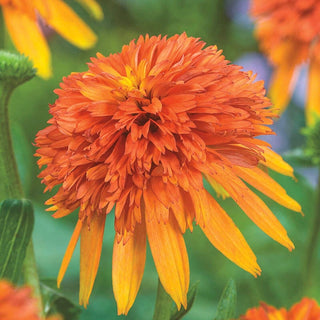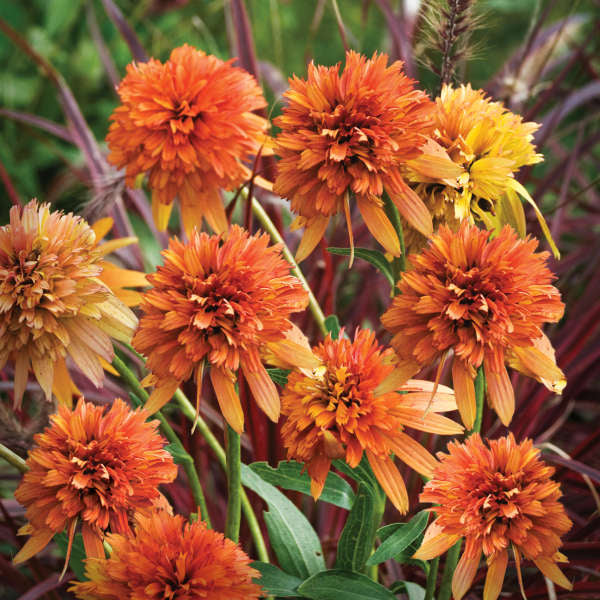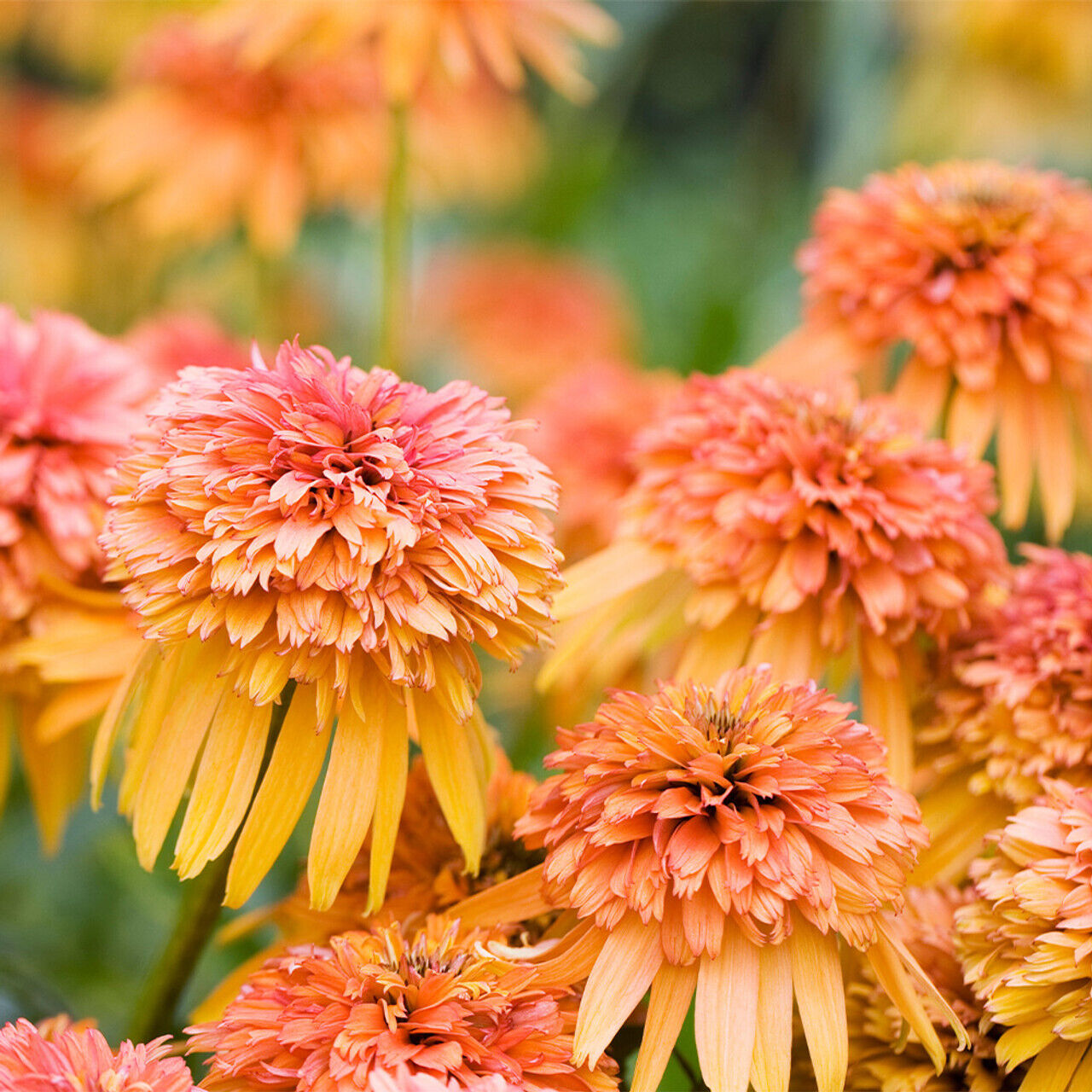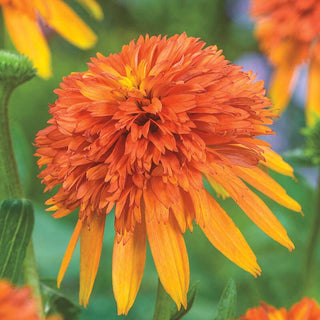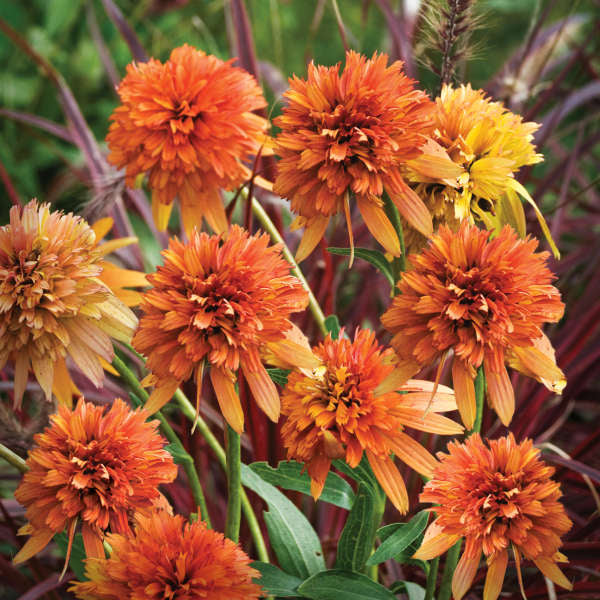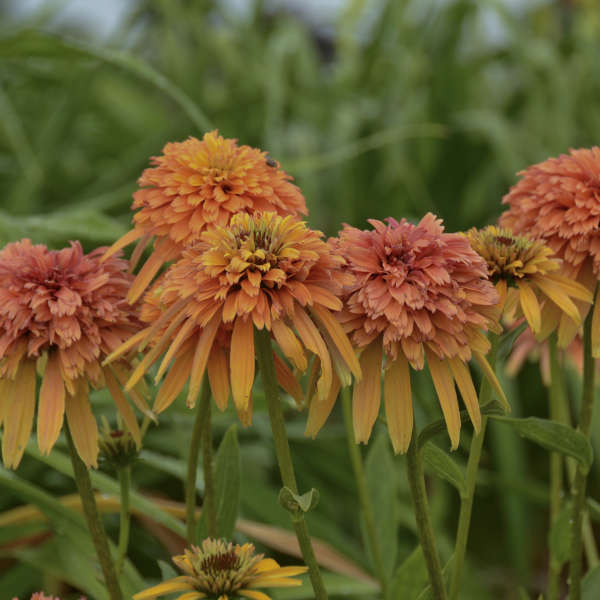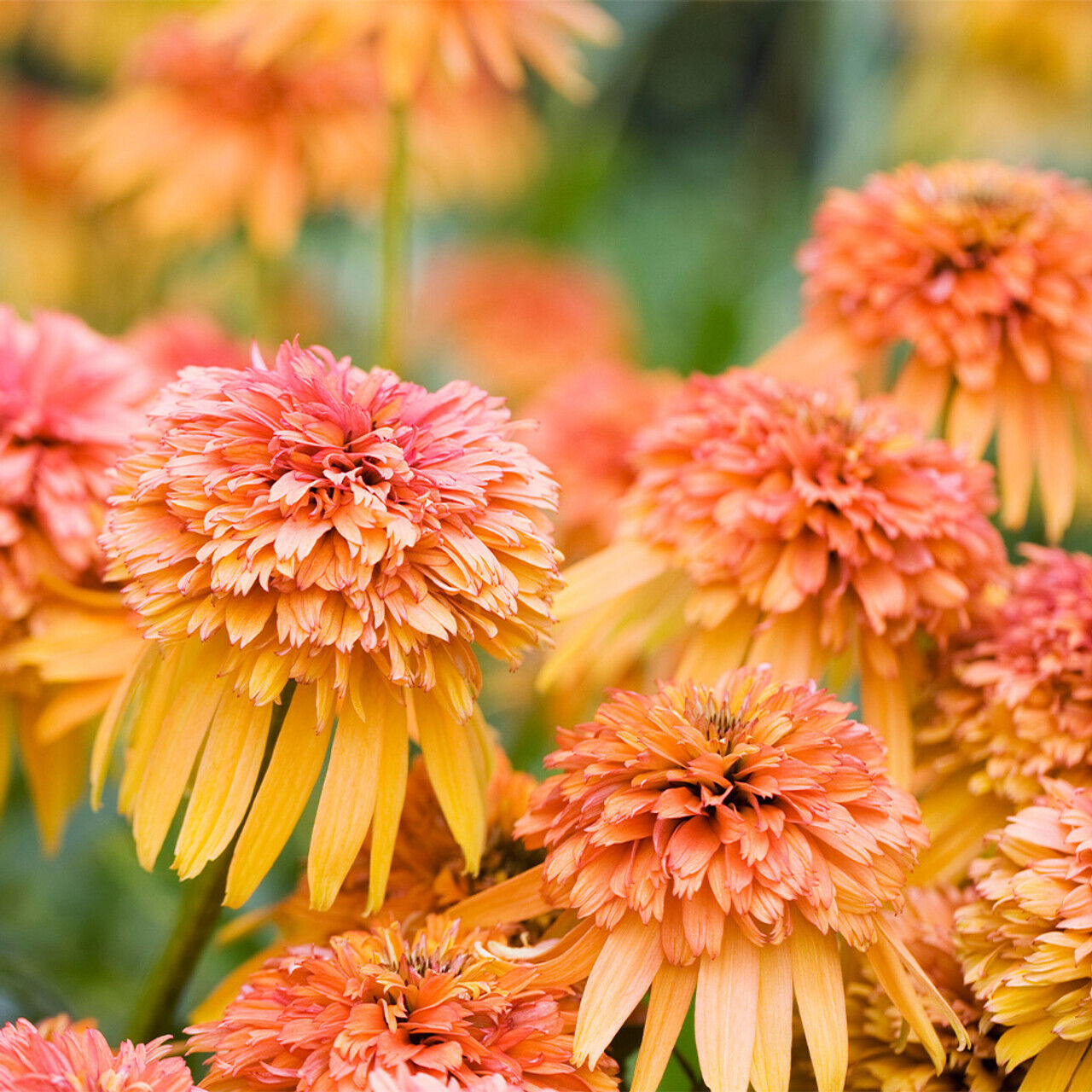1
/
of
4
Marmalade Coneflower
€12,95 EUR
Sale price
€12,95 EUR
€20,95 EUR
Unit price
/
per
Sale
Sold out
Tax included.
Shipping calculated at checkout.
Couldn't load pickup availability
Description
The Marmalade Coneflower (Echinacea purpurea) is a vibrant, eye-catching variety that offers a warm burst of color to any garden. With its rich orange petals, complemented by a spiky, dark central cone, this coneflower is a perfect addition to flower beds, borders, or wildflower gardens. The Marmalade Coneflower is not only visually striking but also pollinator-friendly, attracting bees, butterflies, and birds. Its resilience, long blooming season, and heat tolerance make it a low-maintenance and stunning addition to any garden.
Features:
- Rich Orange Blooms: The Marmalade Coneflower boasts unique orange petals that radiate warmth and vibrancy, adding a bold pop of color to your landscape.
- Pollinator Magnet: Like all Echinacea varieties, this coneflower attracts pollinators such as bees, butterflies, and birds, supporting local wildlife and enhancing biodiversity in your garden.
- Long-Lasting Blooms: This variety blooms from mid-summer to fall, ensuring a long display of bright color throughout the growing season.
- Heat and Drought Tolerant: Once established, the Marmalade Coneflower thrives in hot, dry conditions, making it an excellent choice for low-maintenance, drought-tolerant gardens.
- Deer Resistant: The Marmalade Coneflower is naturally resistant to deer, making it a great choice for gardens in areas with high deer populations.
Specifications:
- Plant Type: Perennial
- Height: 24–30 inches (60–75 cm)
- Spread: 18–24 inches (45–60 cm)
- Bloom Time: Mid-summer to fall
- Soil: Well-drained, slightly acidic to neutral soil
- Sun Requirements: Full sun
- Planting Depth: 1/4 inch (0.5 cm)
- Hardiness Zone: 3–9
Planting Instructions:
- Select a sunny location with well-drained soil for optimal growth and blooming.
- Sow seeds 1/4 inch deep, spacing them 12–18 inches apart to allow for proper air circulation and room for growth.
- Water gently after planting to keep the soil moist until germination occurs. Once the plant is established, it is drought-tolerant and requires minimal watering.
- Deadhead spent blooms regularly to encourage continuous flowering throughout the growing season.
- In late fall, cut back the plant to prepare it for winter dormancy and to promote healthy growth in the spring.
